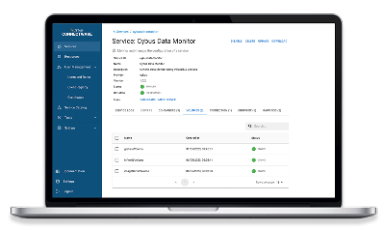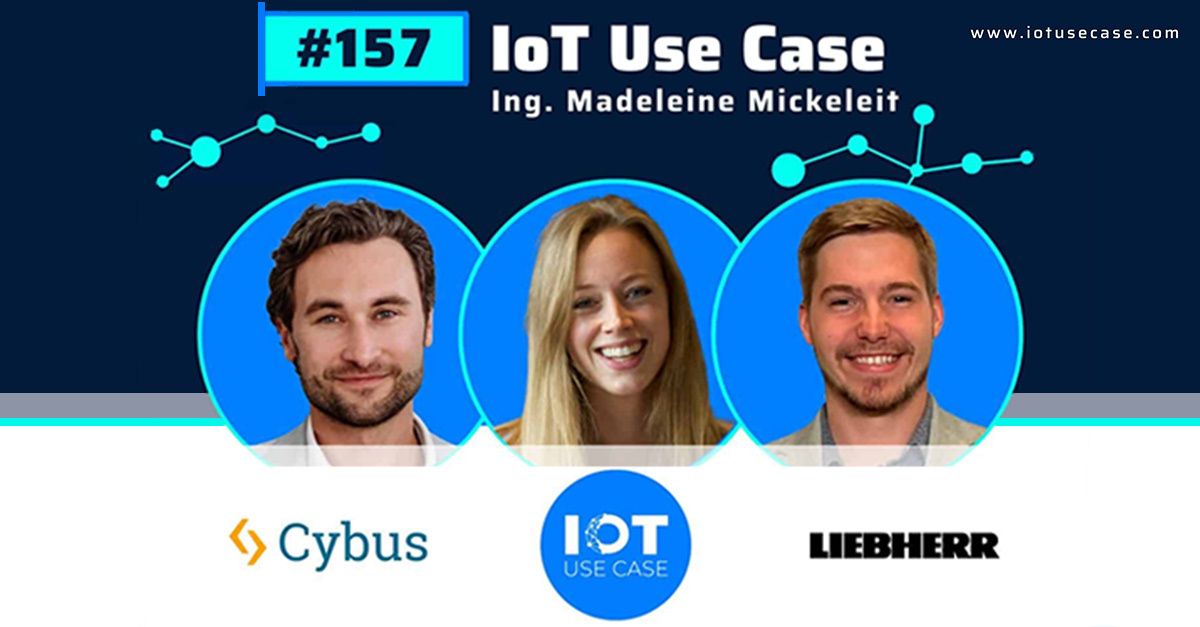Controlling the Name of Kubernetes Objects for the connectware-agent Helm Chart
By default, agents created through the connectware-agent Helm chart will be controlled through Kubernetes objects that are prefixed with the name of your installation (called a “release” in Helm terms) and the name of the Helm chart. This is done to ensure non-conflicting Kubernetes object names.
If these prefixes are identical, they are only used once. This means, that by default, when following our recommendations, an agent named “bender-robots” would create a StatefulSet name “connectware-agent-connectware-agent-bender-robots”, which is shortened to “connectware-agent-bender-robots”.
There are two Helm values, that allow you to control these prefixes:
| Value | Effect |
|---|---|
nameOverride | Overrides the Helm chart name, which is the second half of the prefix |
fullnameOverride | Overrides the full prefix (first and second part) |
Setting either value to an empty string (““) removes the prefix part it controls.
Example:
Setting nameOverride to “cw-agent” for an installation named “agents”.
nameOverride: cw-agent protocolMapperAgents: - name: bender-robots
Code-Sprache: YAML (yaml)This will result in an agent StatefulSet named “agents-cw-agent-bender-robots”
Example:
Setting fullnameOverride to “my-agents” for an installation named “connectware-agents”.
fullnameOverride: my-agents protocolMapperAgents: - name: bender-robots
Code-Sprache: YAML (yaml)This will result in an agent StatefulSet named “my-agents-bender-robots”
Example:
Setting fullnameOverride to “” for an installation named “connectware-agents”.
fullnameOverride: "" protocolMapperAgents: - name: bender-robots
Code-Sprache: YAML (yaml)This will result in an agent StatefulSet named “bender-robots”
Need more help?
Can’t find the answer you’re looking for?
Don’t worry, we’re here to help.


